For almost as long as cinema has existed, filmmakers have been telling stories designed to terrify and enthral audiences. As Halloween draws near, we explore the 13 timeless films that changed the way we looked at horror forever.
Nosferatu (1922)
This German-made unofficial adaptation of Bram Stoker’s novel Dracula became an instant success in its native land, terrorising American audiences several years later with its unnerving atmosphere. The film’s strength is that it was made before horror got weighed down in tricks and clichés, becoming a purer, scarier piece of cinema in the process. Both the use of real locations (something of a rarity at the time) and star Max Schreck’s commitment to his character ensured the film would live forever in the minds of film fans and horror fanatics. A lawsuit from Stoker’s estate demanded every print be destroyed, but some were saved by fans and circulated to become a cult favourite. Appropriately, no one could kill this vampire!
Frankenstein/The Bride of Frankenstein (1931/1935)
More than just an icon of horror, James Whale’s adaptation of the Mary Shelley novel became an icon of cinema. The most famous of Universal Studios monsters redefined the story on which it was based – many public perceptions of The Monster relate to Boris Karloff’s performance, while characters like Igor, and the line “It’s alive! It’s alive!” both became part of the legend despite not being in Shelley’s work. Critics at the time described it as a new evolution in horror, which explored the tragedy of The Creature as well as its frightening ferocity. The sequel, The Bride of Frankenstein, heightened the tragedy of Karloff’s interpretation while making a new icon in Elsa Lanchester’s high-haired Bride. Bizarrely for what would be such a famous performance, Karloff was considered unimportant to the promotion of the film and wasn’t even invited to the premiere!
Invasion of the Body Snatchers (1956)
Fewer films have stabbed at the heart of the American psyche than this tense classic, which still holds up as an unnerving tale of paranoia. Using elements of film noir, science fiction and of course horror, it follows a young Californian doctor who uncovers a quiet alien invasion, where pods are replicating and replacing all those around him. It was a huge box office success, but did not earn critical appreciation until some years later. Part of that praise surrounded the fact that many writers noticed the film as an allegory for McCarthyism in America, either underlining the communist threat or satirising post-war America’s fear of communism creeping over their society, depending on your interpretation. Latterly the film has been described as one of the most intricate and political horror films ever made. Not bad, considering the original ending (where our hero ran into traffic screaming “You’re next! You’re next!”) was rejected and an additional lighter scene added for fear audiences would be too depressed!
Psycho (1960)
A masterpiece from a true master. Alfred Hitchcock’s method of scaring became infamous – he understood that suspense was the essential part of building a reaction within the audience, famously stating that “There is no terror in the bang, only in the anticipation of it.” This is never more present than in Psycho, the story of a mild-mannered motel owner with a deadly secret. The film’s legacy was assured almost as soon as it was released, with Hitchcock using heavy promotion, imploring viewers to not give away the mid-film twist of Marion Crane’s death, one of the most famous examples of a ‘lead’ character dying midway through the film that shocked all who saw it. Since then, it’s been the benchmark for slasher horror, a film that is both scary and beautiful, playing with your psychology in ways that hadn’t been imagined before.
Rosemary’s Baby (1968)
Sometimes the scariest moments in film come from the most ordinary of situations, and it took a true directorial genius to emphasise that point. Rosemary’s Baby is a low-key horror film starring Mia Farrow as the title character, an expectant mother who finds out she has been tricked into fathering the child of the Devil. Finding the horror in everyday actions, the notion of the greatest evil finding its way into something as pure as an unborn child disturbed audiences. Furthermore, director Roman Polanski did not insert any of the heightened reality of conventional horror films into his piece, making the film a straightforward drama in some ways with an incredible cast (actress Ruth Gordon won an Oscar for her performance as Millie). In a genre often looked down upon as trashy, Rosemary’s Baby showed that true artistry could be brought to a chilling tale.
The Exorcist (1973)
Furthering this theme, The Exorcist was a landmark in modern horror. The image of a young girl – the epitome of innocence – possessed by the devil disturbed all who saw it, taking the genre to a different place in terms of themes, tone and terror. While graphic, it was never gratuitous, as director William Friedkin created a chilling and believable battle of God vs The Devil, scratching at our notions of faith and evil. It carried on the tradition of horror films with real-life myths surrounding them, with stories of several injuries and a fire on set. Once it was released, the reputation spread further – some cinemas even provided sick bags in case audience members felt unwell watching it, and the film was banned from home video in the UK for a decade. Practically every exorcism film released since owes a debt of influence to perhaps the greatest horror film of all time.
Halloween (1978)
Inspired by Psycho, John Carpenter created the first modern ‘slasher’ movie and made a genre queen out of Jamie Lee Curtis. While influenced by the past, it brought in many of the conventions we see today in the horror genre, such as a young female hero, the killer having his own theme, and the villain coming back to life just when you thought he had been killed. Camera techniques like showing the killer’s perspective would become commonplace in the slasher movies that imitated it, including its own multiple sequels and remakes (of which Carpenter had no input). Unlike those films, this film used intricate plotting and minimal gore, making Curtis’ fight for survival all the more thrilling. Another film dismissed by critics at the time, there’s no denying its influence on films both within this list and in the genre in general.
The Shining (1980)
Most of Stephen King’s fans would argue that The Shining is an unmitigated disaster. While it’s true that Stanley Kubrick’s interpretation of the film is markedly different from the original book, this stark tale of madness creeps up on you, as it did the many critics who revised their initial opinion of the film years later. The surreal imagery plays with your mind and the painstakingly constructed set gradually closes in on the viewer, creating a visceral sense of the claustrophobia that claims its main character, the unmistakable Jack Nicholson. His grinning face and “Here’s Johnny!” line (an improvisation not in the book) carved itself into pop culture – the vivid demonstration of his character’s shocking descent into madness. It’s a story that finds its scares through imagery and thought, making it one of the great director’s greatest works. It may not be the story King wrote, but Kubrick’s trip to The Overlook Hotel is just as timeless.
Scream (1996)
One of the masters of ‘80s horror, Wes Craven, turned the franchise on its head during the ‘90s in the first Scream movie. By the mid-’90s, the slasher movie craze that had begun with John Carpenter’s Halloween had dominated horror films for nearly two decades, and needed a self-aware makeover. Knowingly paying homage to everything that had come before, Neve Campbell faces off against a killer who uses well-known horror conventions to commit a string of murders in a small town. While being a fine example of the slasher movie, what made Scream different was its willingness to embrace its influences with the characters openly talking about the ‘rules’ of surviving a horror film. The image of Drew Barrymore cautiously talking on a cordless telephone became a ‘90s milestone, and proved that scares mixed very well with referential humour. It inspired a string of copycats, three sequels and a TV series, joining the ranks of the classics it looked to emulate.
Ring (1998)
Ring inspired a great deal of interest in Japanese horror films (nicknamed ‘J-Horror’) towards the end of the ‘90s, where audiences slightly weary of slasher films began craving a more supernatural tone to their scary movies. The film’s simple premise, a videotape that kills you seven days after viewing, played into themes of the forbidden, adhering to Hitchcock’s notion of the terror that lies beyond the door (or, in this case, the play button). On the cusp of the connected age, it also provided some societal commentary with the cursed VHS providing a metaphor for humanity’s anxiety surrounding the rise of technology and its potential to consume us. In an industry usually led by American trends, this film inspired a string of US remakes, where Hollywood studios would attempt to emulate the original film shortly after it had been released. While the American version of The Ring was successful, those in the know acknowledge the original as the true game-changer.
The Blair Witch Project (1999)
At the dawn of a new millennium, one film used the relatively new phenomenon of the internet to make a low-budget blockbuster, the likes of which had not been seen before. Websites were put up anonymously, asking for information on a group of filmmakers who went into the woods looking for the iconic Blair Witch, never to be seen again. It was one of the first examples of internet marketing, creating unprecedented buzz for the grandfather of found footage horror. Audience members and even some film industry workers wondered if the film was real, with website imdb.com listing the characters as ‘missing’ at the time of the film’s release. Making $248 million off of a paltry $50,000 budget, the film has influenced the hundreds of found footage movies that have come since and pervade our cinemas to this day.
Saw (2004)
Another uniquely turn-of-the-century sub-genre was ‘torture porn’ – a trend in horror films, which leaned towards sadistic tales that were heavy on injury detail and life-or-death scenarios that invariably resulted in death. Chief among this was Saw, a series of diminishing quality that began with the admittedly intriguing first instalment. The killer at the centre of the series, Jigsaw (Tobin Bell), toyed with those he was about to kill by subjecting them to ‘games’ which gave the illusion of being able to play their way out of certain doom. Its predisposal toward particularly graphic violence has put it at odds with critics, but it won a legion of fans who propelled it to achieve yearly sequels up until the seventh film in 2010. While released around the same time as the similarly-themed Hostel and Human Centipede films, this stands apart among fans as a true gory great.
The Babadook (2014)
In recent years, low-budget horror films have focused on mythology and folklore. Films like American chiller The Krampus and the British-made The Witch have made headlines by finding their most frightening elements in traditional settings. A true modern classic, however, has been found in Australian movie The Babadook. It tells the story of a single mother horrified by the notion that a monster named The Babadook creeps into their house through the pages of her son’s storybook. Expertly exploiting our fears of evil within innocence, it’s a film that achieves terror without bloodshed (something of a novelty in modern horror films), putting the story first but never forgetting that we’re here to be scared. It proved a word-of-mouth sensation after its appearance at the Sundance Film Festival, prompting a second release in its native Australia, where it had been virtually ignored on its first release.
Article by James Luxford

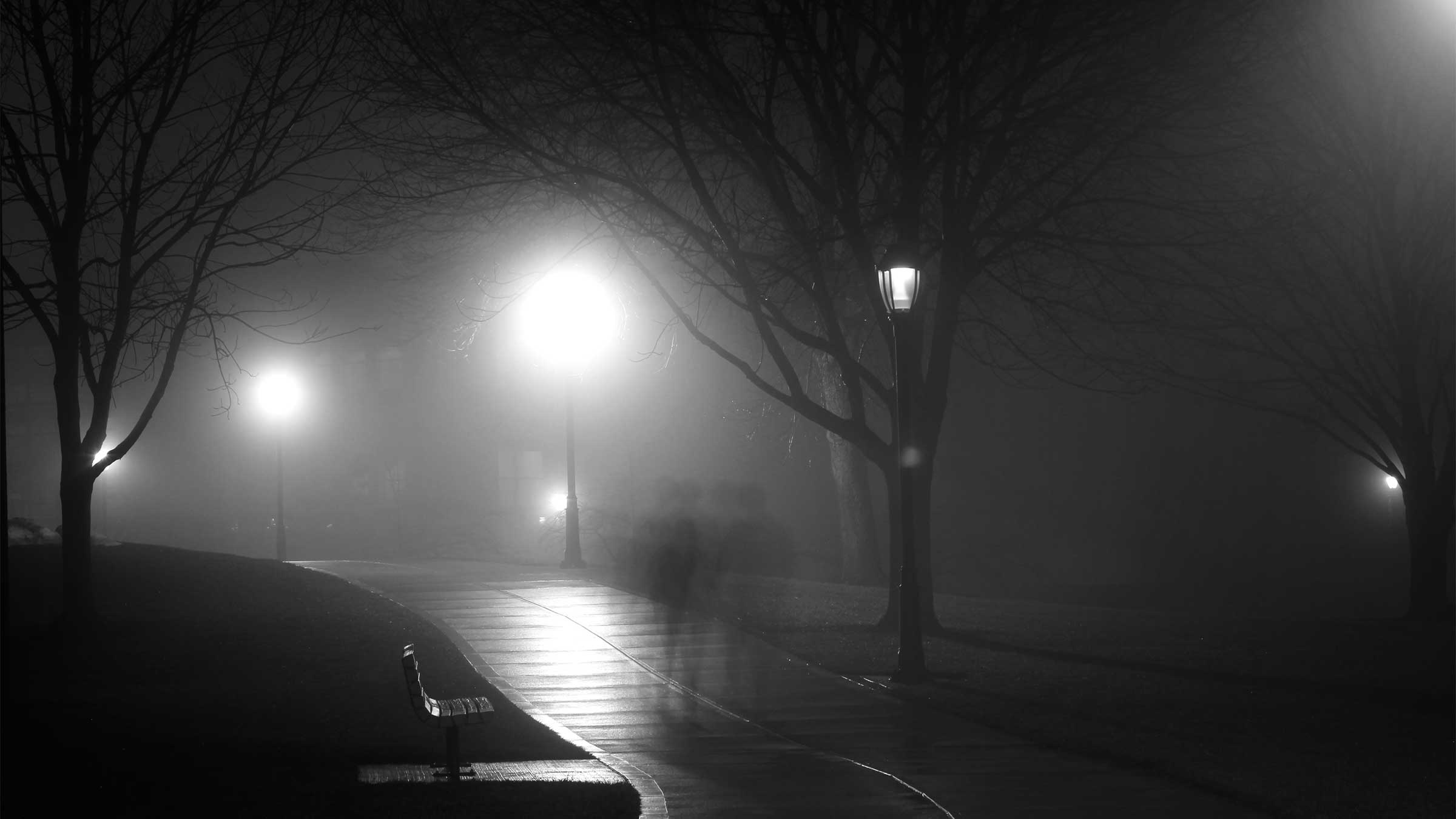
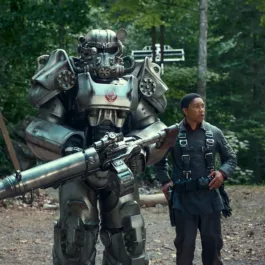
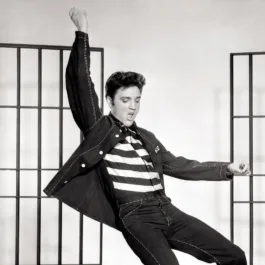
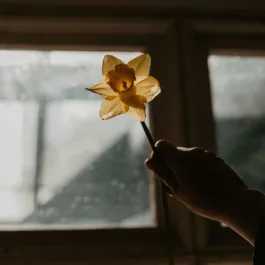
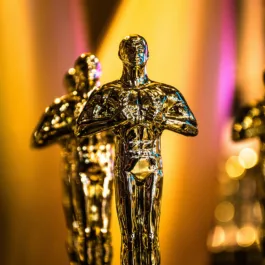
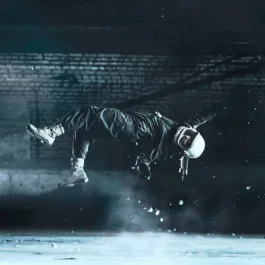

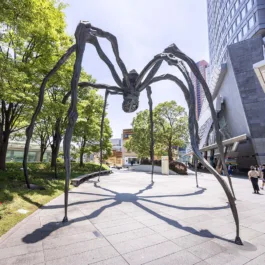
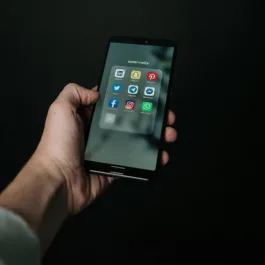
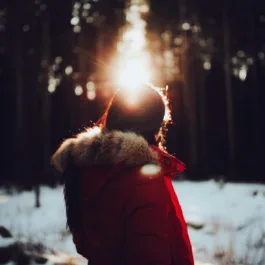
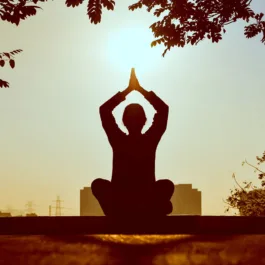

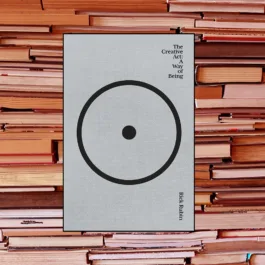
Sorry, the comment form is closed at this time.